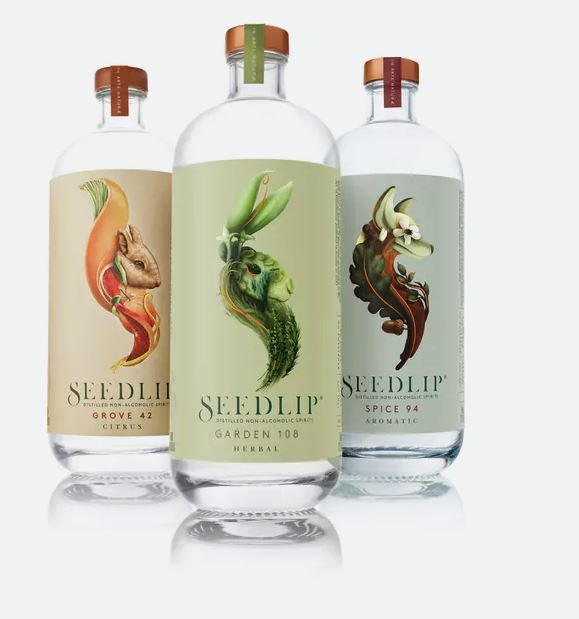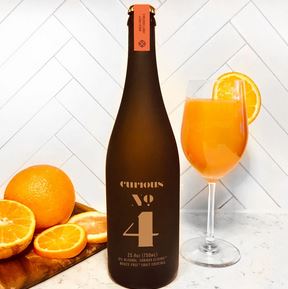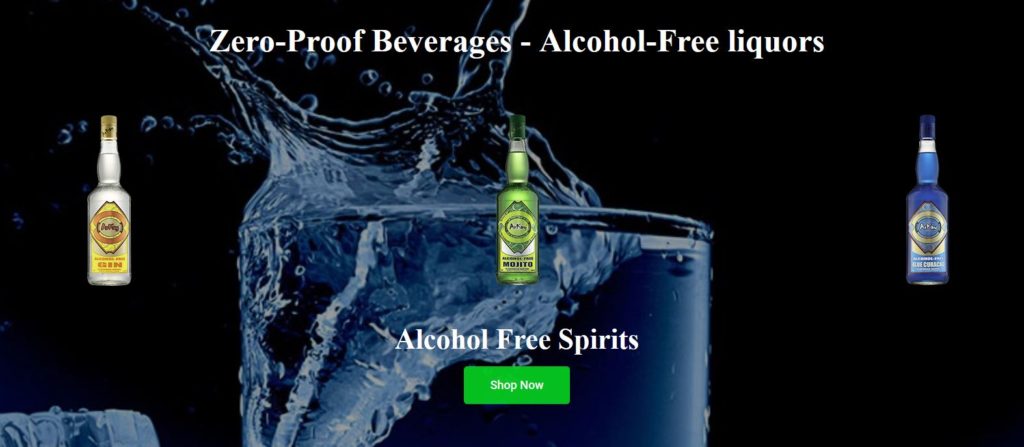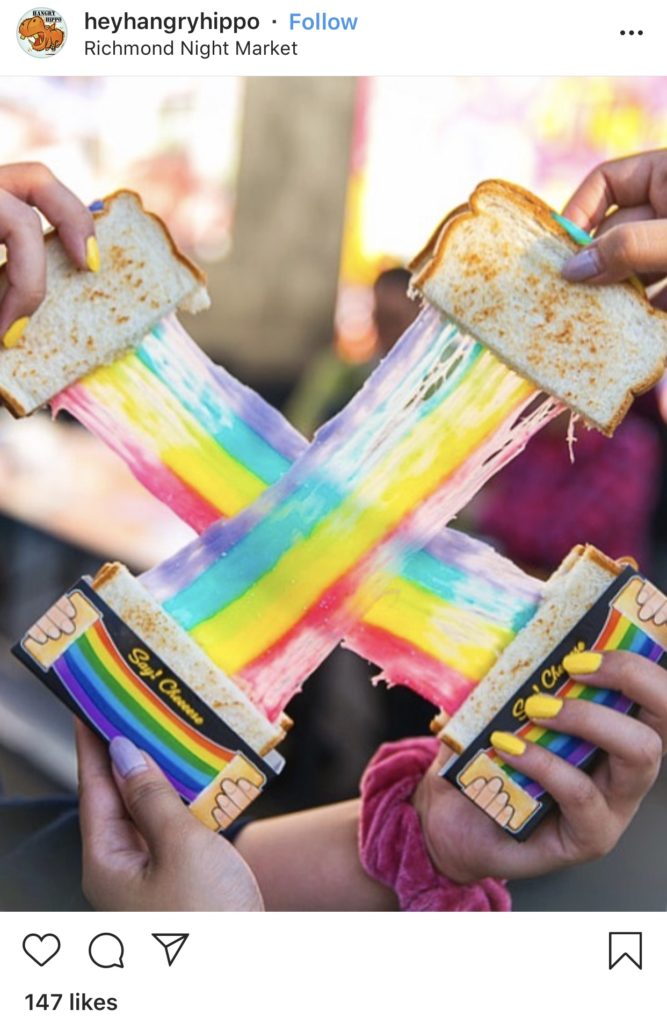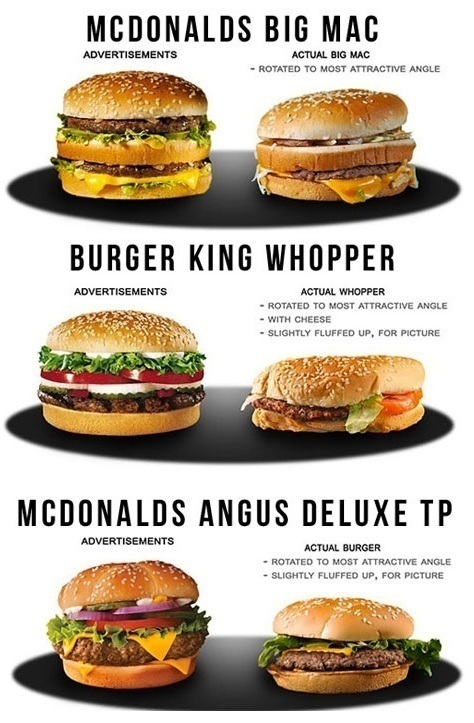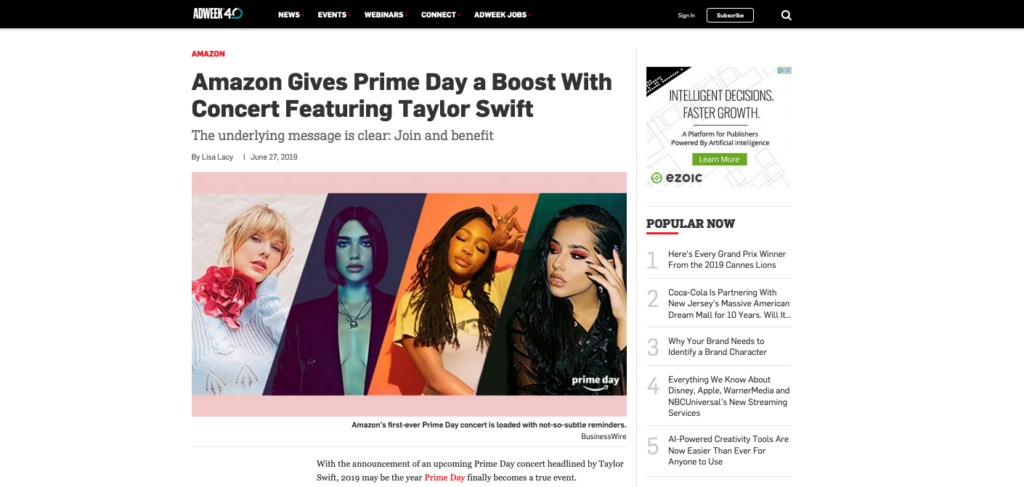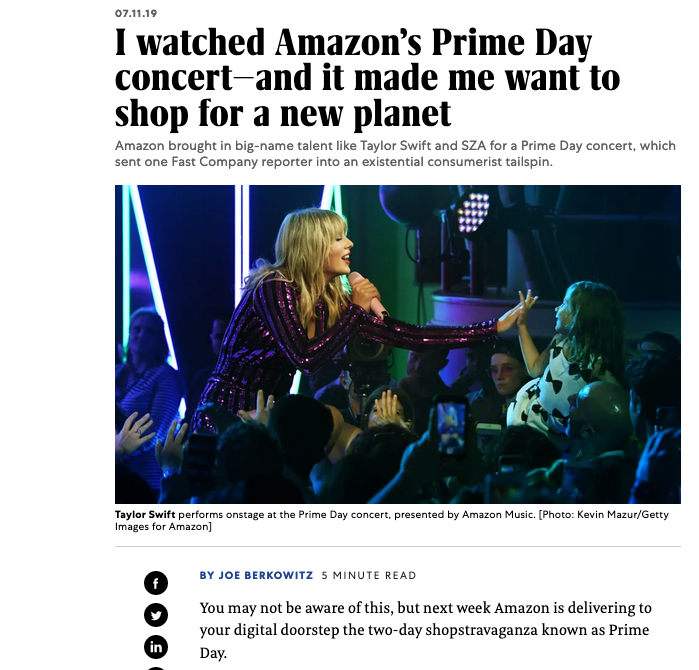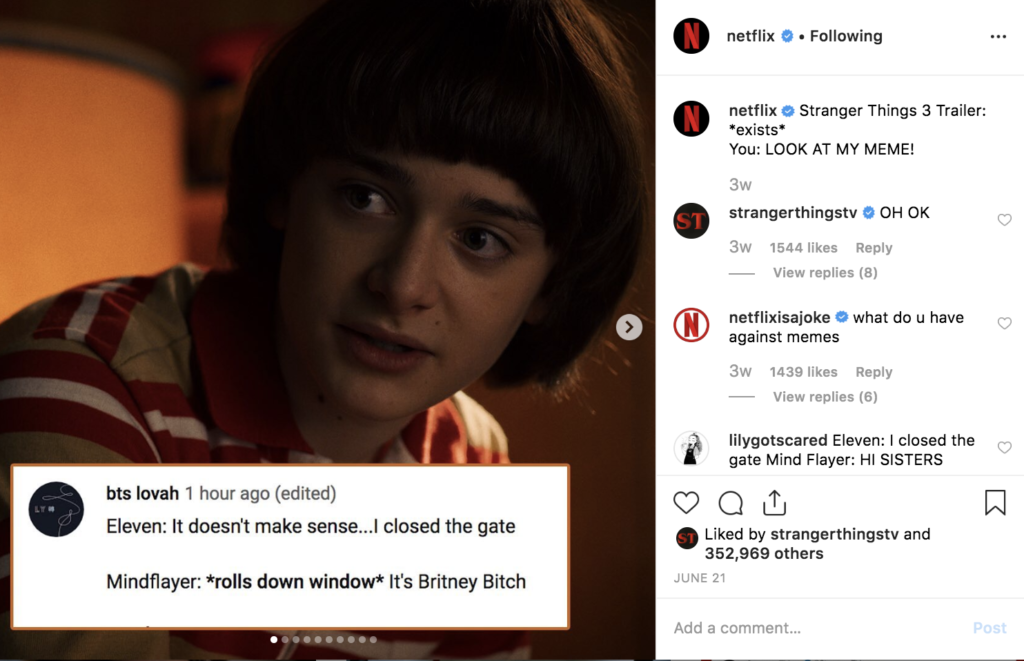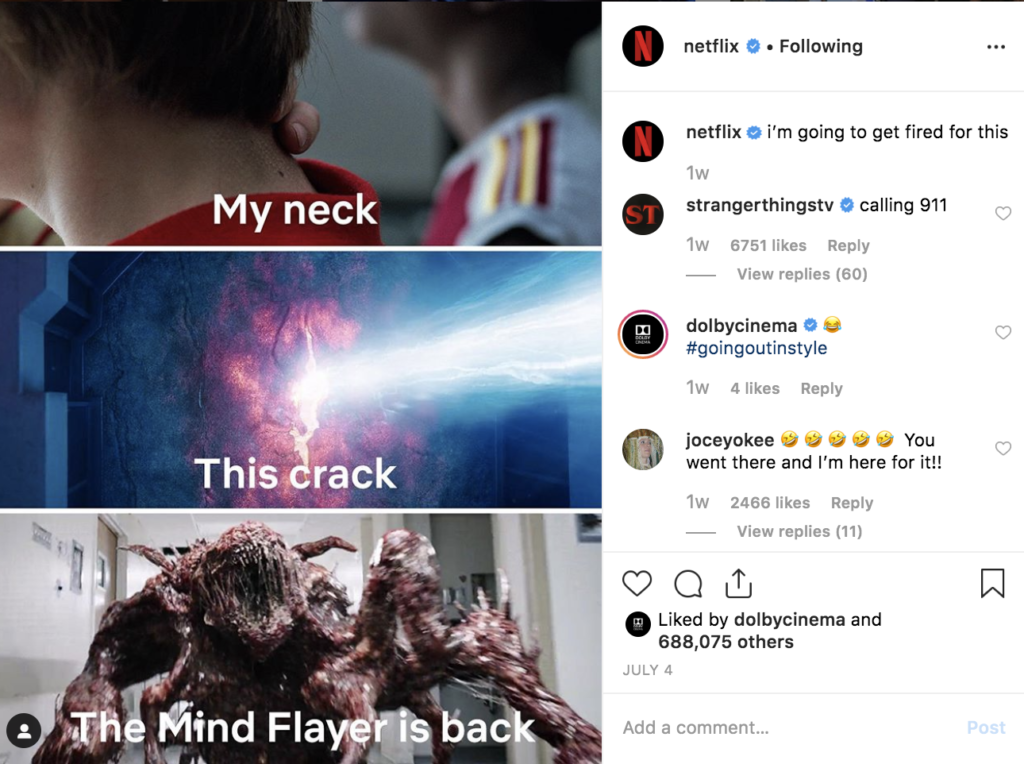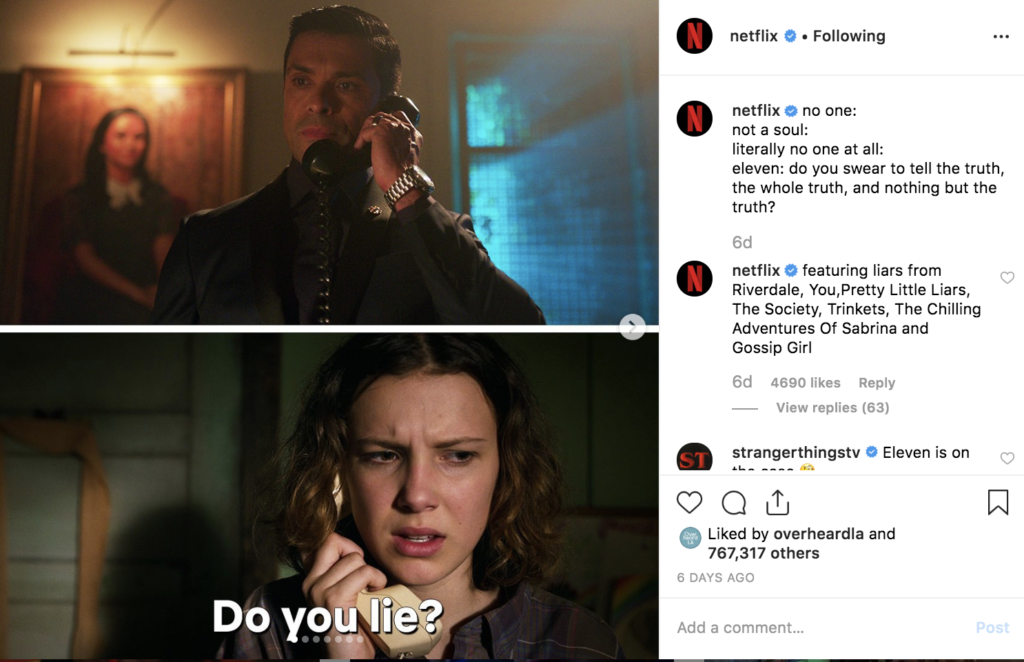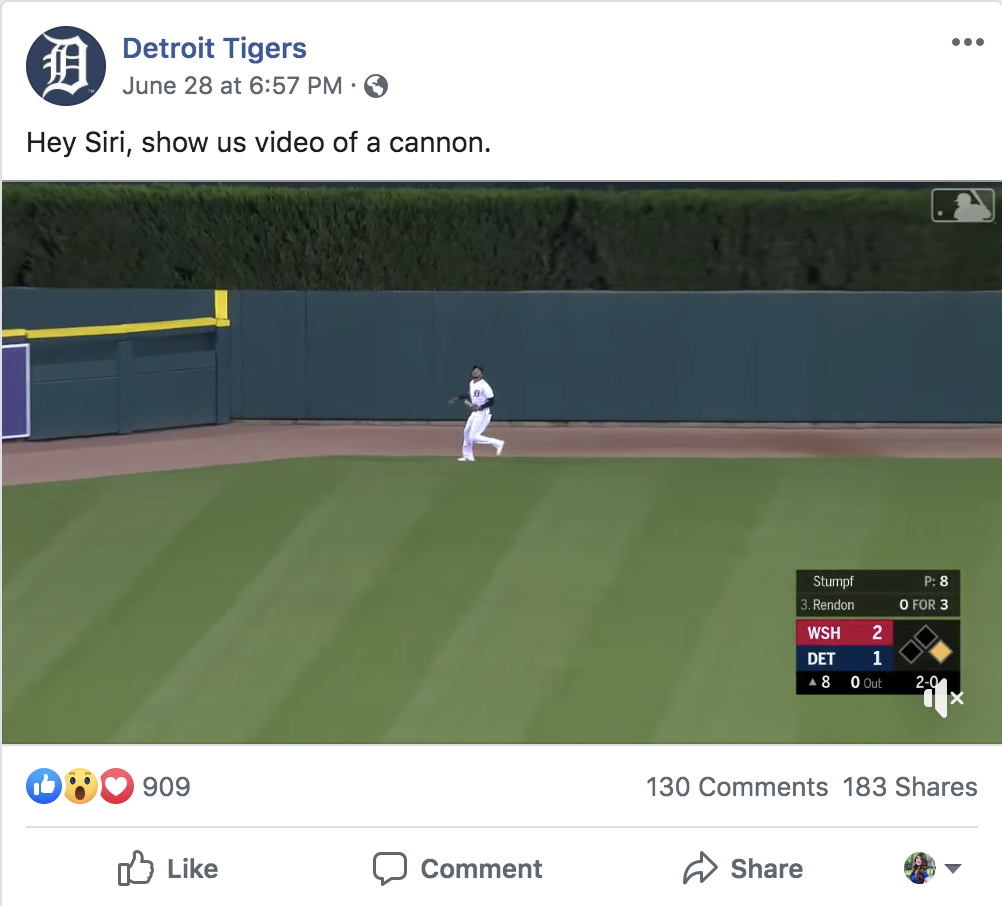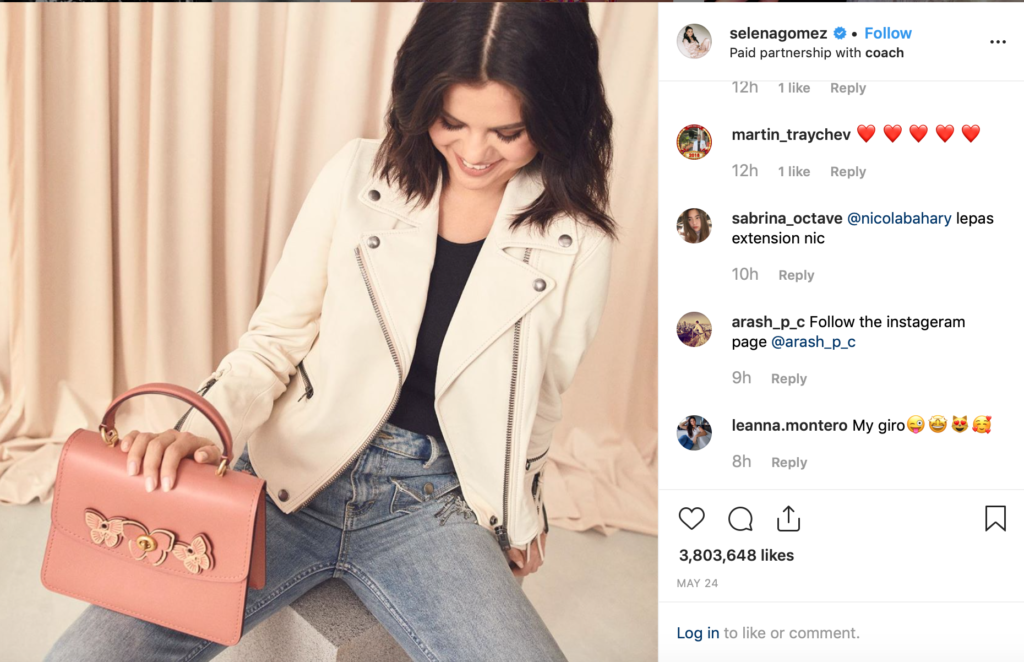
While the deliciously organic and quicksilver unpredictability of social media influencers has only recently begun to receive reluctant attention from the highest levels of advertising professionals, the influencer universe may soon be disrupted. The grown-ups are getting involved, and their entry into a largely undisciplined native advertising arena threatens to change the way influencers reach, sell, and interact with consumers.
According to a 2017 survey by the Association of National Advertisers, 75 percent of advertisers are using influencer marketing, with 43% reporting they planned to spend more money on influencers the following year. Of the 25% not using influencer marketing, 27 percent said they intended to plunge in the coming year. Interestingly, these statistics do not reflect new or mom-and-pop agencies. The median age of the company surveyed was 20 years.
Until recently, the task of finding the most appropriate influencers for a wildly diverse array of brands had fallen to emerging start-up agencies and small shops. Major advertising firms, habitually focused on high-priced and lucrative traditional platforms such as television and legacy print, largely ignored social media influencers. However, with the continued growth of social media applications such as TikTok, Snapchat, and Instagram, along with the opportunity influencers present by their ability to capture the attention of media-finicky Generation Z consumers, global agencies have heard the message, seen the light, and are moving to dominate the field.
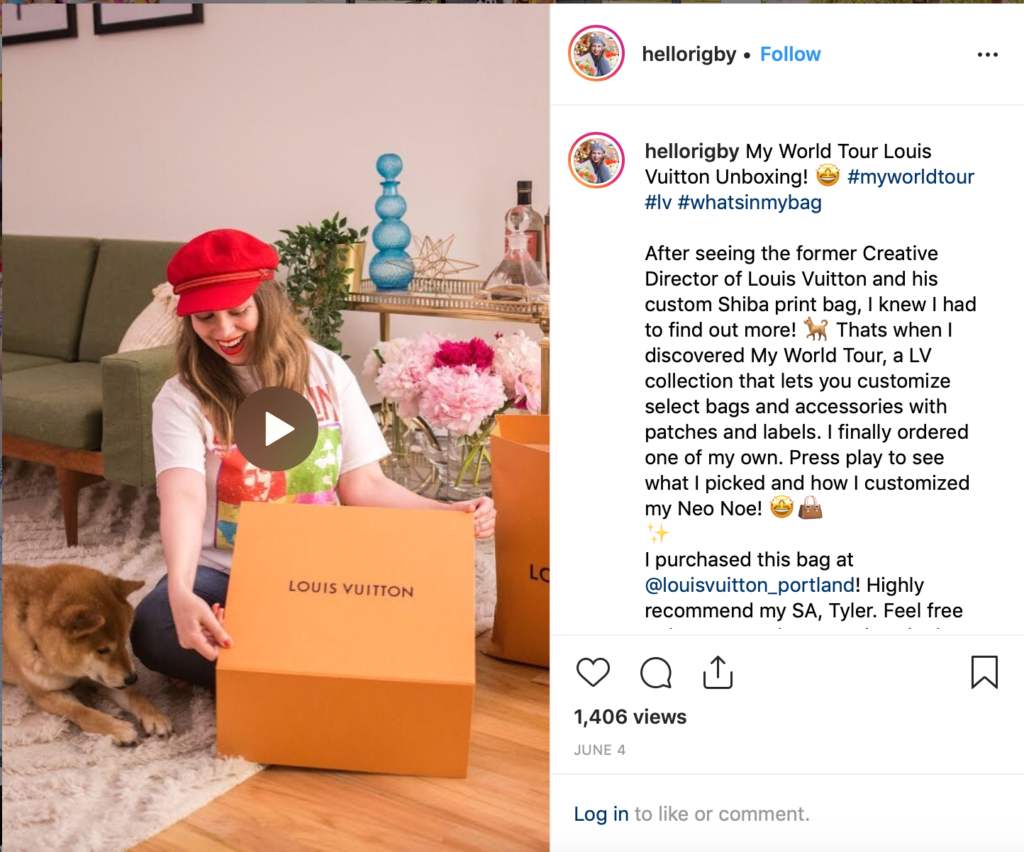
Will influencers become even more influential with top professional guidance? Given the amateurish production values embraced by many influencers, the answer presumably is yes. However, what happens if audiences rebel from grown-up direction? In that case, the pros will create influencer spots that masquerade as home videos. Either way, the global agencies will have to tread carefully. The influencer space is vastly cheaper than legacy advertising, and the majors may find themselves undercutting their foundational revenue streams. What was once a $1 million invoice for a traditional campaign might be worth only $250,000 in the influencer space.
In addition to watching their percentage cuts and profit margins possibly decline, global agencies are encountering cultural challenges as they wade into the murky waters of social media influencers. While the rules of the game in traditional media advertising were established decades ago, the social media influencer space beckons with chaos; challenges include lack of standardization in pricing and accountability, sketchy analytics, fraud, and talent who may have never signed, much less honored, a contract. The undisciplined universe of influencer marketing will likely be smoothed out by the more professional approach of the big agencies, but the maturing process will require time.
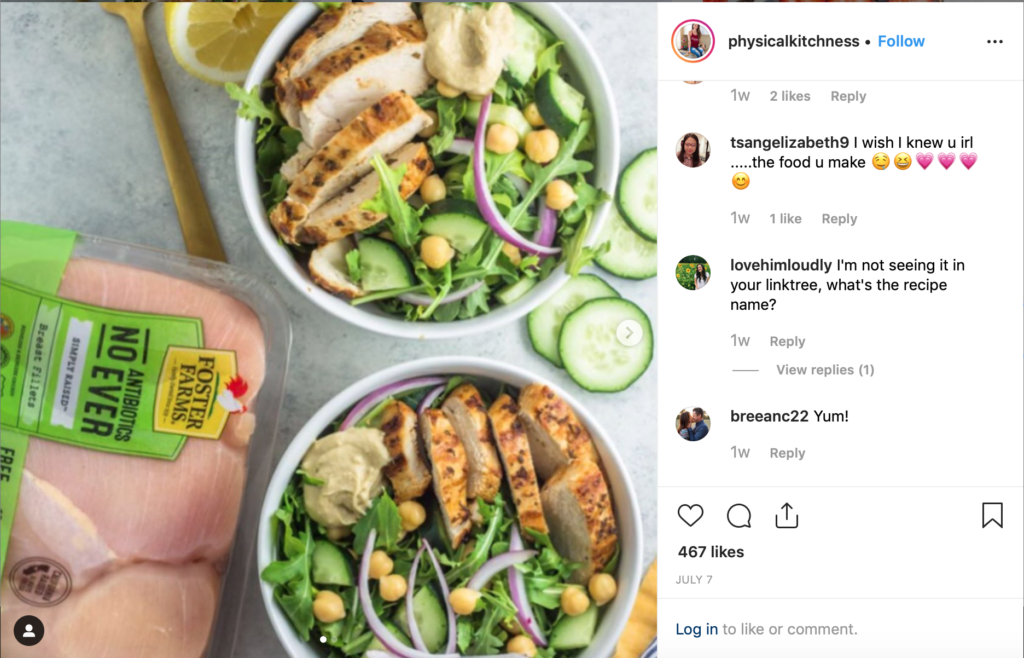
The major advertising agencies claim they can force standardization of pricing and analytical validity that would lead to better returns on client investments. Indeed, the majors are better positioned to deal with issues of fraud that have begun to permeate the influencer space. However, the adults in the room still have a long and difficult road forward as they seek to nudge the Wild West of influencer marketing into the structured hub of a multi-billion dollar business model.
Association of National Advertisers (2018, April 3). Advertisers love influencer marketing: ANA study. Retrieved from https://www.ana.net/content/show/id/48437
Murphy, H. (2019, July 11). Advertising industry closes in on a new target: Influencers. Retrieved from https://www.ft.com/content/3510eaf0-a3af-11e9-974c-ad1c6ab5efd1
Rivera, C. (n.d.). 9 of the biggest social media influencers on Instagram. Retrieved from https://digitalmarketinginstitute.com/en-us/blog/9-of-the-biggest-social-media-influencers-on-instagram
Social Report. (2018, September 28). Meet the Top 7 Instagram Micro-Influencers of 2018. Retrieved from https://www.socialreport.com/insights/article/360016455231-Meet-the-Top-7-Instagram-Micro-Influencers-of-2018




